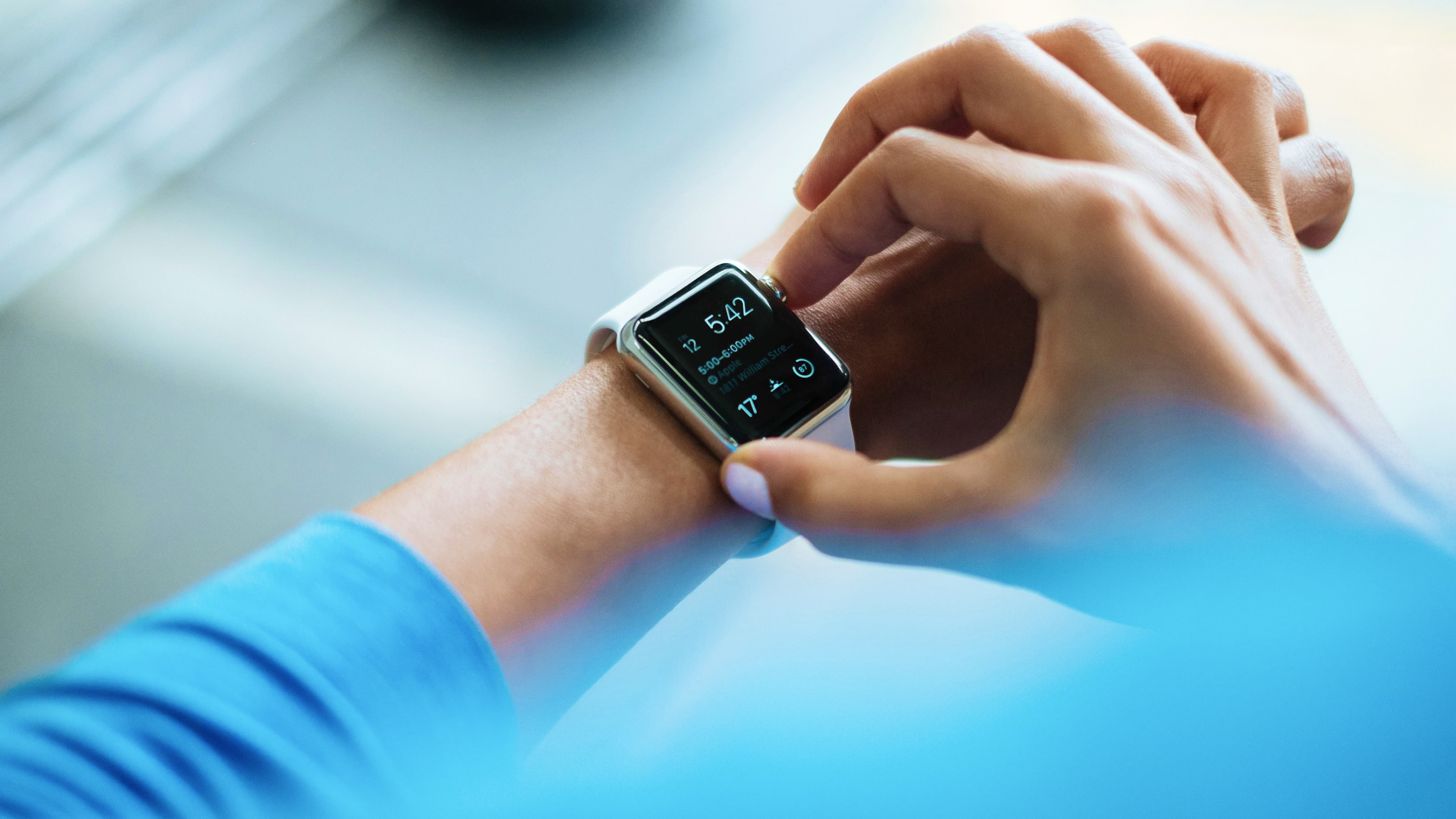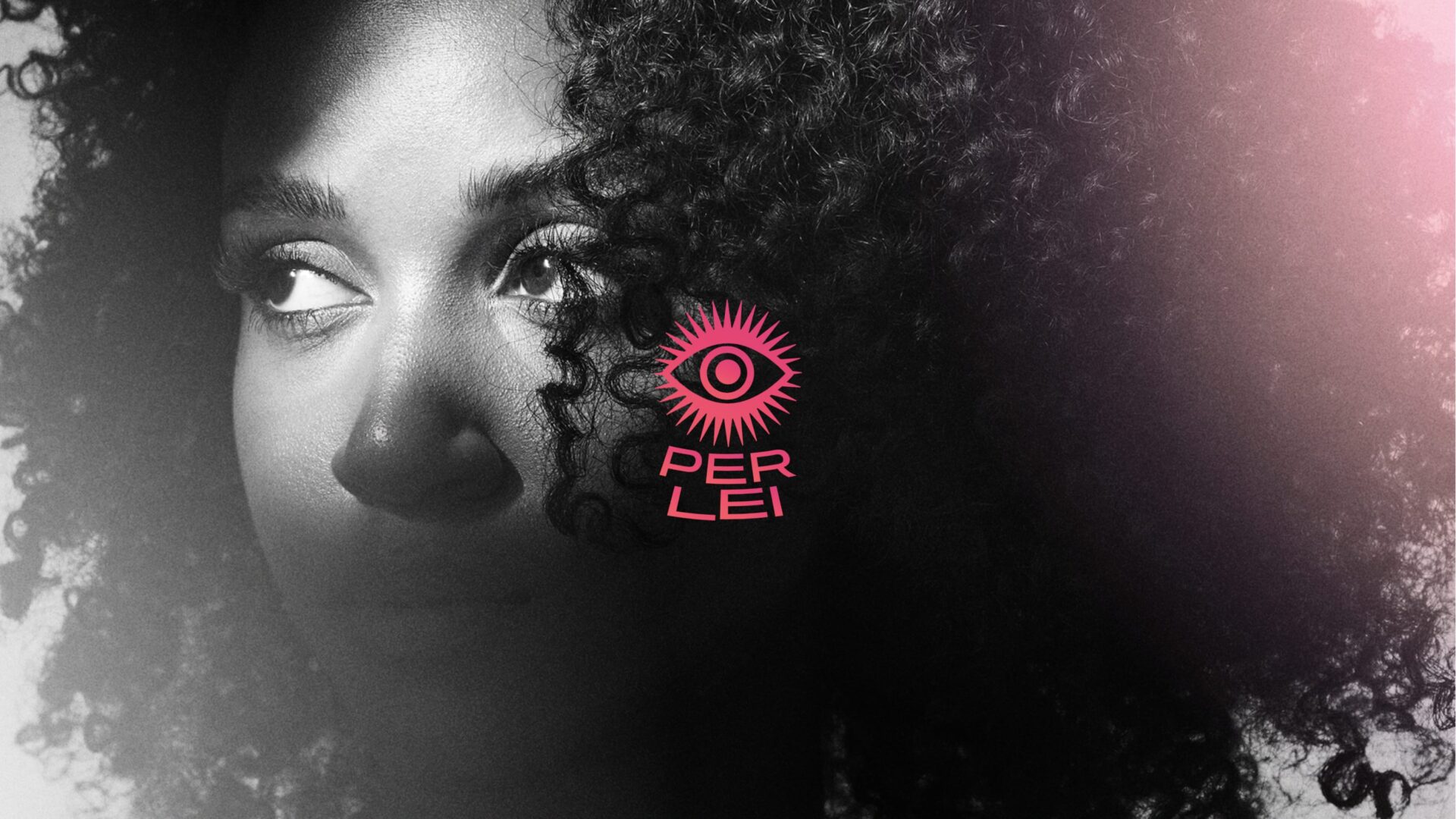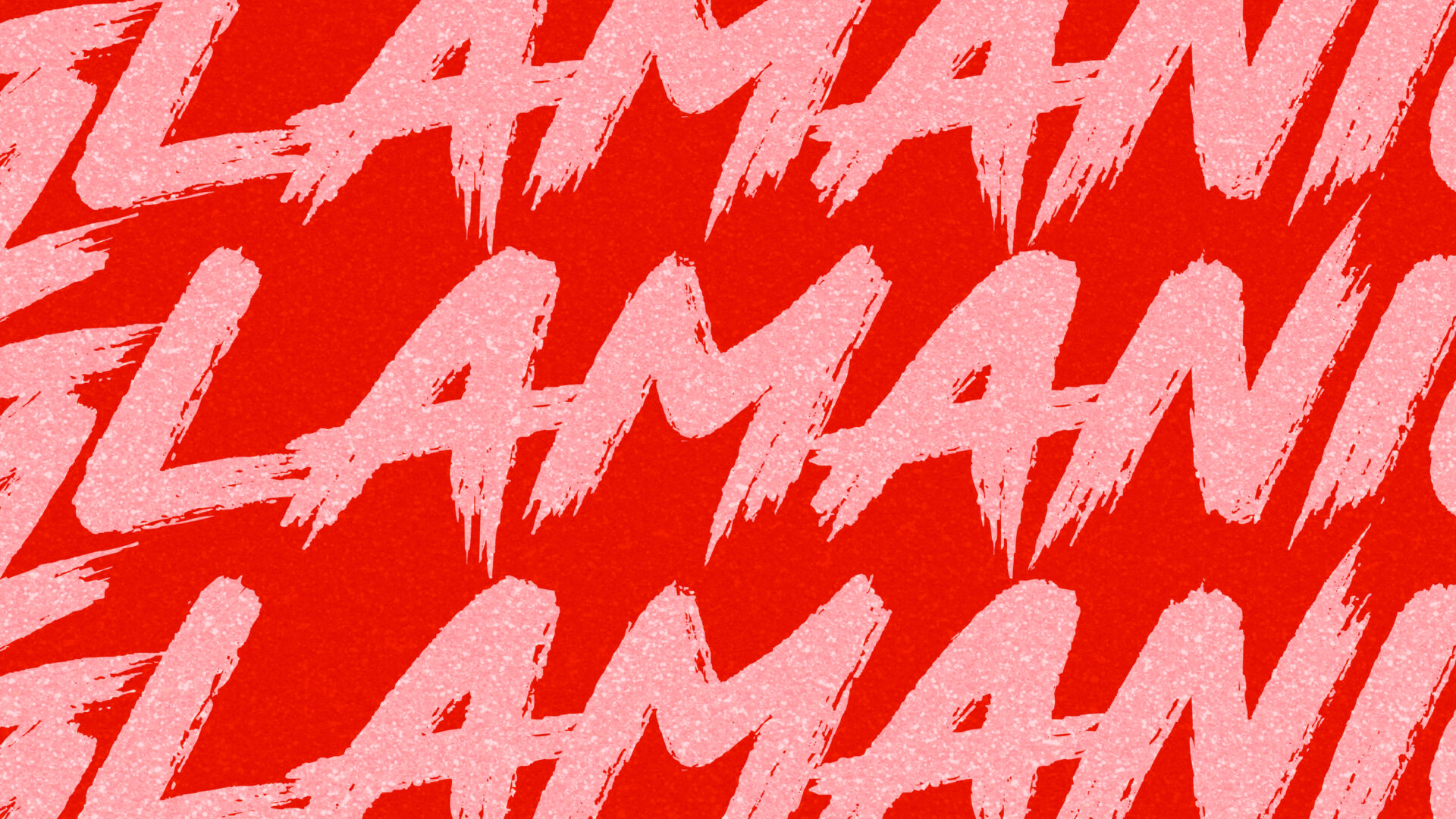
What is UX Design or User Experience Design?
UX design is a crucial component in creating successful products and services. As someone deeply involved in innovation and design, I view UX design—or User Experience design—as a comprehensive approach focusing on the entire experience a user has with a brand, from initial contact to the final interaction.
The scope of UX Design
UX design extends beyond the superficial elements of a product; it encompasses how a product operates and interacts with users.
This field blends psychology, design principles, business strategy, and technology to craft products that are not only functional but also engaging and effective.
Beyond interfaces
While UX is often confused with user interface (UI) design, it’s important to recognize that UX encompasses the entire user journey.
This includes branding, design, usability, functionality, and even the copywriting that guides users through the interface.
The goal is to create a seamless and intuitive user experience from start to finish.
“Good design is actually a lot harder to notice than poor design, in part because good designs fit our needs so well that the design is invisible.”
Don Norman
UX Design across different platforms
- Mobile UX Design: Designing for mobile devices demands a keen focus on responsiveness and accessibility. Mobile UX must account for various screen sizes, operating system, orientation changes, and touch controls. It’s about optimizing the user’s journey within a limited space, ensuring clarity and ease of navigation.
- Web UX Design: Web UX design focuses on creating a cohesive experience across different browsers, screen sizes and devices. It involves structuring content and interactive elements in a way that users find intuitive and load times minimal, enhancing overall usability and satisfaction.
- Watches and Wearables: UX design for wearable technology like smartwatches, fitness bands and new AI wearables like the Humane AI Pin and the Rabbit R1 involves a deep understanding of personal interaction and constant connectivity. These devices are worn throughout the day and often act as an extension of the user’s body and lifestyle, making the design considerations unique and critical.
- Virtual Reality (VR), Augmented Reality (AR) and Extended Reality (XR): These quite new technologies offer immersive experiences that require a rethinking of traditional UX principles. Designers of Apple Vision Pro, Meta Quest 3 and other devices must consider spatial interaction, user environment integration, and multisensory engagement to create compelling and user-friendly interfaces.
- Automotive Interfaces: As cars like Tesla, BYD, Polestar and Volvo become more integrated with digital technologies, the UX design of vehicle interfaces must prioritize safety and simplicity. The focus is on reducing driver distraction while providing intuitive access to navigation, entertainment, and vehicle settings.
- In-Store Touch Screens: The integration of touch screens within physical retail environments represents a significant opportunity in UX design. These devices enhance the shopping experience by providing interactive product information, wayfinding, and even self-service checkout options. When designing for in-store touch screens, the key is to ensure that the interface is intuitive enough for first-time users and efficient enough to improve the overall shopping experience.
Why UX matters more than ever
Today’s users demand more than just functional products—they seek connections and experiences that resonate on a deeper level.
Effective UX design not only meets these demands but enhances user satisfaction and loyalty, ultimately contributing to a product’s success in the market.
Also read What is design? It’s not just form, it’s function
My approach to UX Design
Whether developing for startups, established businesses, or personal projects, I adopt a holistic UX strategy. This ensures every element of the user experience is thoughtfully aligned with user needs, promoting both individual satisfaction and broader business objectives.
I often move into copywriting, marketing, the business model and even growth “hacking” when working with the UX even if those things aren’t my speciality. But they also form the user experience.
As technology evolves, the importance of UX design in product development continues to grow.
It is a fusion of art and science, demanding a thorough understanding of user behaviors and needs.
Embracing the full scope of UX design is crucial for anyone aiming to develop products that are not only effective but also deliver sustained value.
In my role, I focus on merging innovation with practical design solutions, aimed at enhancing both user satisfaction and business performance.
The goal is always to build products that are not just functional but also resonant with users on a deeper level.
If you are looking to create a product that stands out with its user experience, or if you’re seeking to enhance an existing service through innovative UX design, I’m always open for a meeting.
Together, we can explore how to elevate your product’s user experience to meet the demands of today’s diverse and dynamic market.
Also read Your checklist for buying digital and identity design


